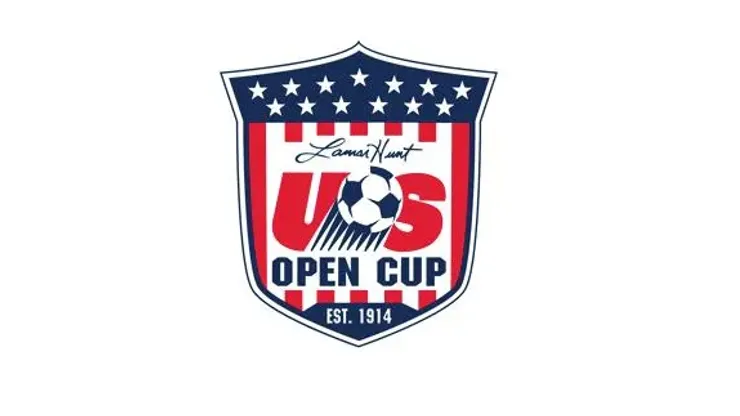U.S. Soccer announced today the field and schedule for the 102nd Lamar Hunt tournament. The big news is the size of the field – 91 teams including all 47 professional teams from the top divisions of USSF. The other 44 come from various amateur leagues in the U.S. and include teams such as the Madison Fire, Ocala Stampede, the legendary Brooklyn Italians, and PSA Elites.
The tournament this year spans from the third week of April to the end of September. MLS teams enter the fourth round (June 16-17) and all but two will face the winners from the previous round. Those two MLS teams will face off. Smartly the tournament has a heavy emphasis on geography as the fifth round will see the teams redrawn by geographic region regardless of division. Thus if the draw plays out the Richmond Kickers could play DC United and New York Greek America Atlas could play New York Red Bulls. Thus the entire tournament will seek to minimize travel for clubs while playing up local rivalries through to the final rounds.
For teams with the same ownership group, they will be seeded in the brackets to avoid playing their parent teams until the quarter-finals at the earliest.
The U.S. Open Cup has always been the competition that MLS gives to history prior to 1995. Seeing teams like the Italian Americans reminds American soccer fans of a bygone era when the Open Cup was ‘the’ tournament for this country in soccer. Unfortunately, because it takes second place to league play attendees, participants fail often to learn the history of the teams participating and why they matter to U.S Soccer.
Because of the new pro-geographic seeding, though, I suspect we will see fewer upsets. One of the reasons lower level teams were able to upset their higher-ranked counterparts was the travel – teams with high-paid talent often brought a second-string team when required to travel across time zones or had an important league game next. Now, because the travel element is removed, there is less of a chance that teams will not bring first-team players, depending on how tight the geographical brackets are.
Unlike the CONCACAF Champions League, by the time the tournament starts these teams will be rounding into form so the level of play will be high. With the number of teams playing, and geographic rivalries playing into the tournament more than ever before, this promises to be a good showcase for the growth of U.S soccer.
200+ Channels With Sports & News
- Starting price: $33/mo. for fubo Latino Package
- Watch Premier League, Women’s World Cup, Euro 2024 & Gold Cup
The New Home of MLS
- Price: $14.99/mo. for MLS Season Pass
- Watch every MLS game including playoffs & Leagues Cup
Many Sports & ESPN Originals
- Price: $10.99/mo. (or get ESPN+, Hulu & Disney+ for $14.99/mo.)
- Features Bundesliga, LaLiga, Championship, & FA Cup
2,000+ soccer games per year
- Price: $5.99/mo
- Features Champions League, Serie A, Europa League & Brasileirāo
175 Premier League Games & PL TV
- Starting price: $5.99/mo. for Peacock Premium
- Watch 175 exclusive EPL games per season






